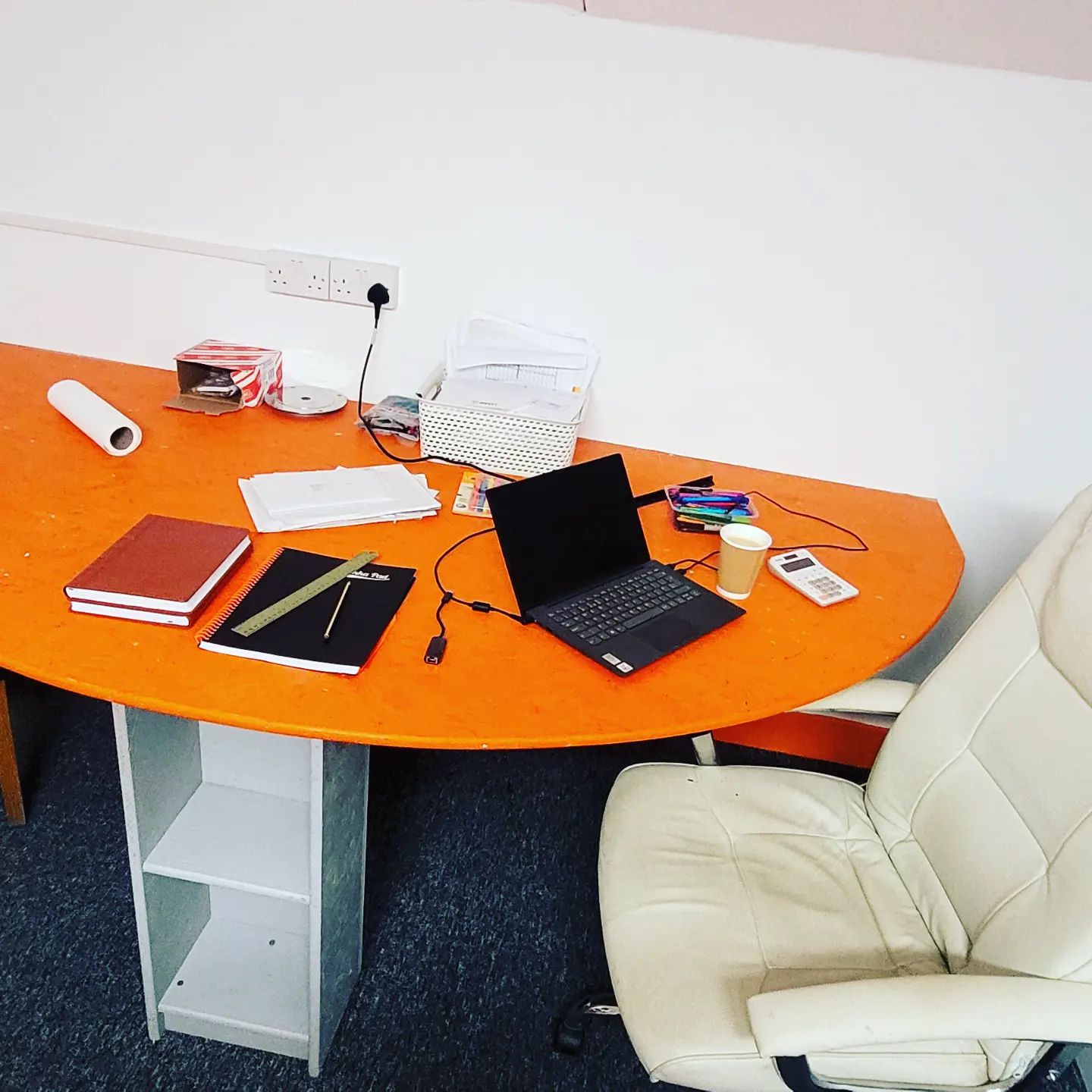There are various scenarios of what can cause dampness in your property.
Penetrating damp
Symptom: brown stains on ceilings or walls
Likely cause: a brown stain on a ceiling, on the inside of an exterior wall or on a chimney breast is most likely to be penetrating damp, which is caused by broken or loose tiles or slates, blocked or leaky gutters, damaged flashing and chimneybreasts and dodgy rendering or mortar on outer walls.
Leaking pipes
Symptom: expanding damp patch on ceilings and floors
Likely cause: if your plumbing is leaking, you’ll find an expanding damp patch somewhere on a ceiling or underneath a basin, sink, bath or radiator. Sometimes a long-term, slow trickle from something like a radiator can go unnoticed for years, rotting joists without you ever realising you have a problem until your floor goes spongy.
Condensation
Symptom: condensation on windows, wet walls, peeling paper
Likely cause: condensation occurs when warm, moist air touches a chilly windowpane or a cold external wall, and causes wet windows, and over time, black marks and mould.
High humidity
Symptom: humidity of over 60%, mould and mildew, musty smells
Likely cause: moisture generally is a common cause of damp in the home. It’s generated through normal household activities like cooking, washing, showering, and drying wet laundry without proper ventilation. Other causes of damp – leaking pipes, condensation and penetrating damp, can all increase humidity too.
Source: saga.co.uk

